Menu
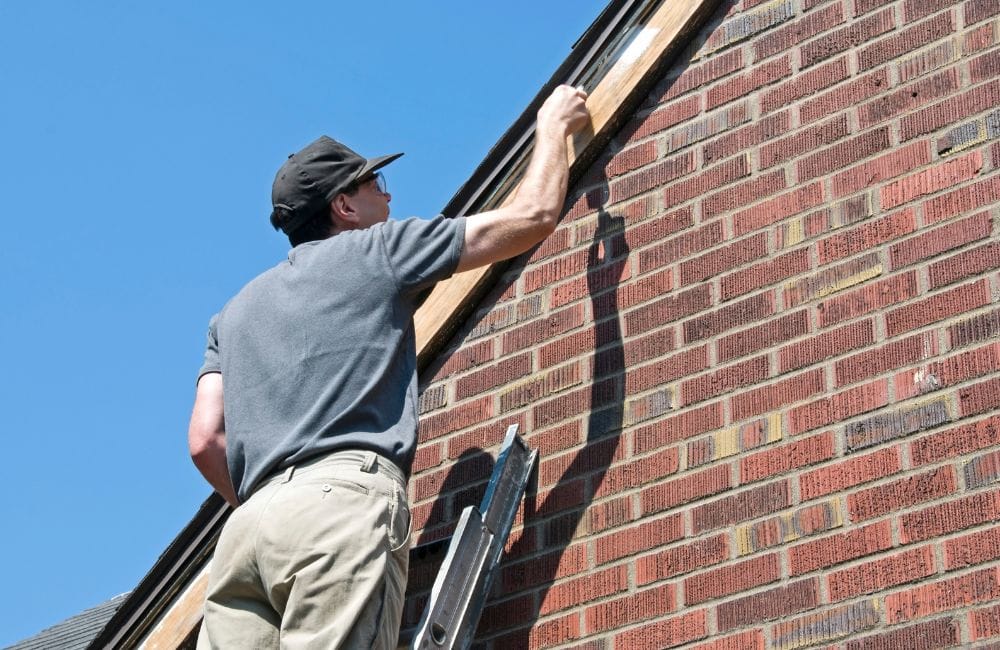
Key Takeaways✔ Clean and repair the brick surface for a smooth paint job. ✔ Choose high-quality, weather-resistant masonry paint. ✔ Prime the surface for better paint adhesion and uniformity. ✔ Mask and protect areas to avoid splatters and ensure clean edges. ✔ Use proper techniques for even and thorough paint coverage. ✔ Apply multiple coats for depth and durability. ✔ Inspect, remove protective materials, and clean tools for a polished finish. |
Painting brick exteriors requires specialized techniques to ensure a long-lasting and aesthetically pleasing finish. Exterior painters in West Hartford, CT, use a variety of methods to prepare and paint brick surfaces, tackling the unique challenges that come with this material.
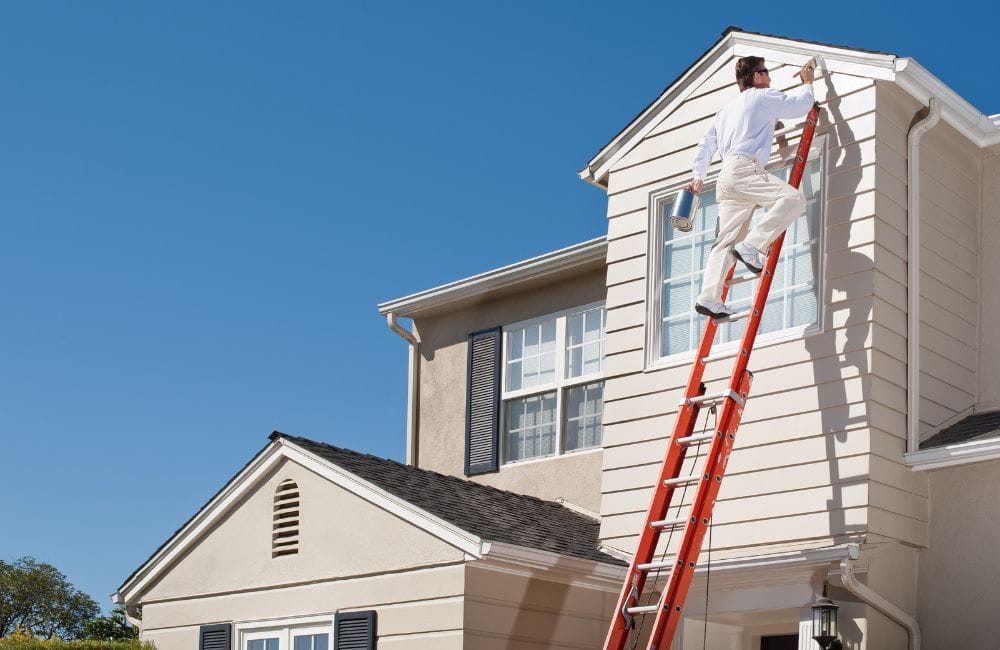
Painting brick exteriors requires specialized techniques to ensure a durable and attractive finish. Here are the top seven methods they employ to paint brick exteriors effectively.
Proper surface preparation is essential for a successful brick painting project. Exterior painters understand that a clean surface is crucial for paint adhesion and long-lasting results.
After cleaning, it’s crucial to inspect the brick surface for any damage. Exterior painters pay close attention to the condition of the bricks and mortar joints.
When it comes to painting brick exteriors, choosing the right paint is crucial for ensuring a long-lasting and visually appealing finish. Exterior painters have a variety of paint types at their disposal, each with unique benefits suited to brick surfaces. Understanding the options available and their advantages can help in making an informed decision.
Here are the types of paint that are best suited for brick exteriors.
Choosing high-quality paint is essential for achieving a professional and durable finish. Exterior painters emphasize the importance of investing in good-quality paint for several reasons:
Priming is a crucial step that exterior painters undertake to ensure the longevity and quality of the paint job on brick exteriors. Priming offers significant benefits which include:
Choosing the right primer is essential for the success of the painting project. Exterior painters often select from the following types of primers based on the condition of the brick and the type of paint being used:
Primer Type | Advantages | Ideal For |
Latex-Based Primer | – Easy clean-up with soap and water – Quick drying – Flexible, reduces risk of cracking | – New or bare brick surfaces – Low VOC areas |
Acrylic Primer | – Excellent adhesion – Highly moisture-resistant – Durable and long-lasting | – Older brick with existing paint – High humidity and temperature fluctuations |
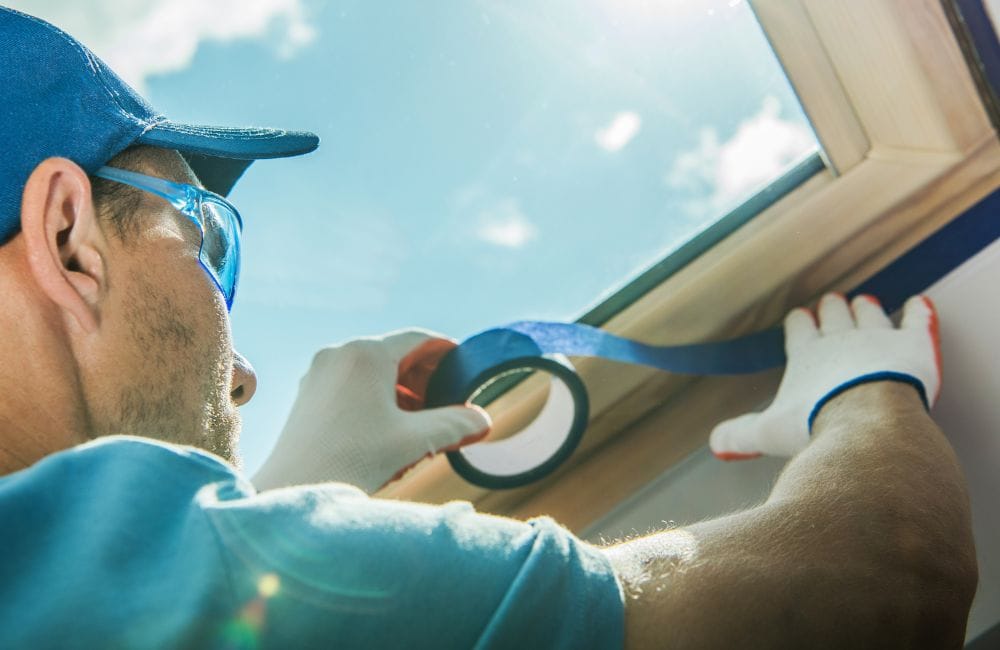
When exterior painters approach a project involving brick exteriors, masking and protection are crucial steps to ensure a clean and professional finish. Properly protecting surrounding areas prevents accidental paint splatters and keeps the work site tidy.
Protecting windows, doors, trim, landscaping, and walkways is important before starting a painting project. Here’s how exterior painters achieve this:
When it comes to painting brick exteriors, the application technique is crucial for achieving a professional and durable finish. Exterior painters often use a combination of brushes, rollers, and spray painting to ensure every part of the brick surface is covered effectively.
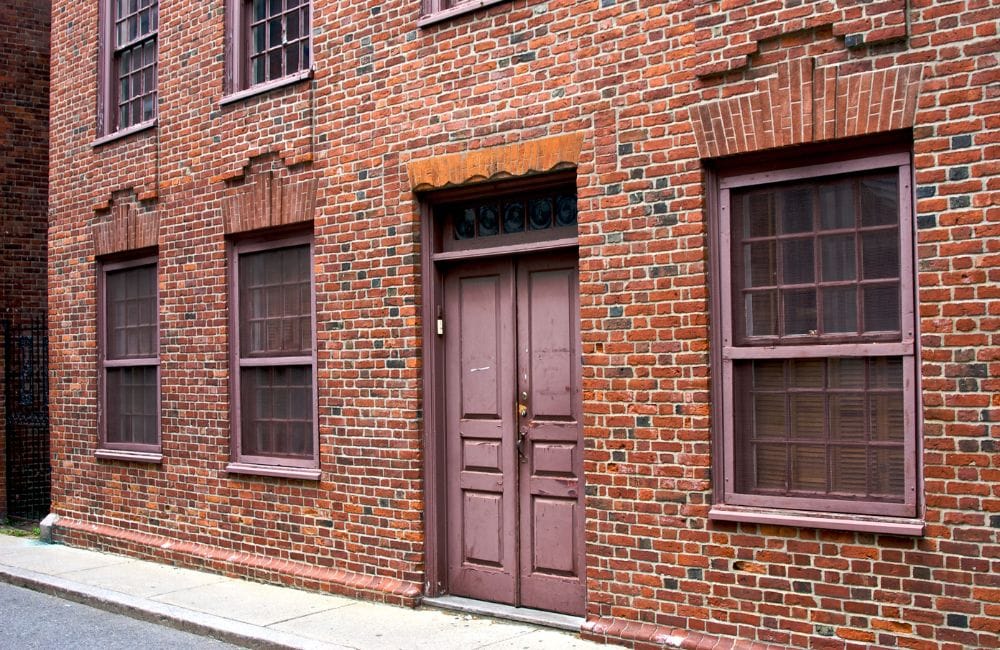
Applying multiple coats of paint is crucial when exterior painters work on brick surfaces. This technique ensures a long-lasting, durable finish that can withstand weather elements and maintain its appearance over time. Multiple coats provide better coverage, hiding imperfections and ensuring the underlying brick is fully protected.
The first coat of paint serves as the foundation for your brick exterior. Exterior painters apply this initial layer to establish a base color and cover any underlying primer or previous paint. This coat helps to seal the brick, preparing it for the subsequent layers that will add depth and richness to the finish.
Here’s how expert painters apply the first coat:
Once the first coat is dry, exterior painters apply additional layers to build up the paint’s durability and depth.
Benefits of multiple coats include:
One of the critical aspects exterior painters must consider is allowing proper drying time between coats. Rushing this process can lead to a poor finish, with issues such as bubbling, peeling, or uneven texture.
Understanding the factors that influence drying time is essential for achieving a smooth and durable finish on brick exteriors. Here are the key elements that affect how quickly paint dries.
After the main painting task is completed, exterior painters conduct a thorough inspection of the finished job. This crucial step ensures that the brick surface has a uniform appearance and that no areas have been overlooked. During the inspection, exterior painters check for:
Once the paint has dried adequately, exterior painters carefully remove all masking tape and protective coverings. This process includes:
Painting the exterior of a brick house can enhance its curb appeal, giving it a fresh and modern look. It also provides a protective layer against weather elements, preventing moisture from seeping into the brick and causing damage. Painted brick can be easier to clean and maintain compared to unpainted brick. Additionally, it allows for more color options, enabling homeowners to match the exterior with their overall design aesthetic. Lastly, painting can increase the value of the property by improving its appearance and longevity.
Choosing the right color for exterior brick painting involves considering the architectural style of your home, the surrounding landscape, and personal preferences. Neutral colors like white, gray, and beige are popular as they provide a timeless look and complement various styles. Bold colors can add character but should be chosen carefully to avoid clashing with the neighborhood aesthetic. It’s helpful to test a few color samples on a small section of the brick to see how they look in different lighting.
While painting exterior brick can be a DIY project, hiring a professional painter is often recommended for the best results. Professionals have the experience and tools to ensure proper surface preparation, paint application, and finishing. They can also provide valuable advice on paint selection and color choices. DIY projects may save money initially but can be time-consuming and may require additional costs if mistakes are made. Hiring a professional ensures a high-quality, long-lasting finish with less hassle.
The cost of painting the exterior of a brick house varies based on factors such as the size of the house, the complexity of the project, and the quality of the paint. On average, homeowners can expect to pay between $1,500 and $4,500 for professional exterior brick painting. This estimate includes labor, materials, and any necessary preparation work. Obtaining multiple quotes from professional painters can help ensure a fair price for the project.
Maintaining painted exterior brick involves regular cleaning to remove dirt, dust, and mildew using a soft brush and mild detergent. Inspect the painted surface periodically for any signs of chipping, peeling, or cracking and touch up these areas as needed. Keeping gutters and downspouts clear can prevent water damage and staining on the painted surface. Avoid using high-pressure washing, which can damage the paint and brick.
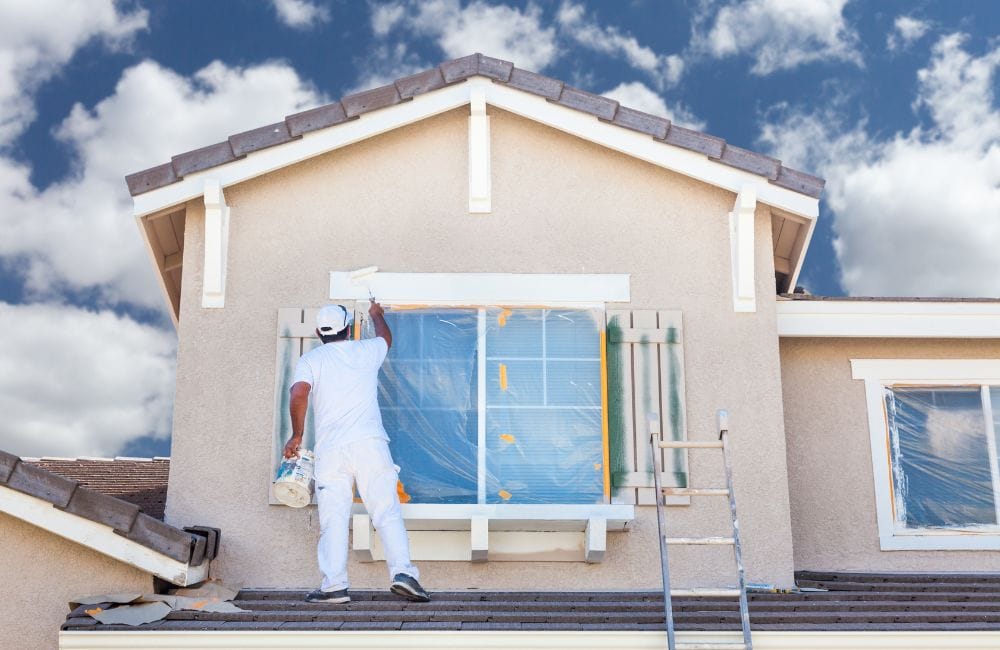
Enhance the beauty and value of your home with professional exterior painting services from West Hartford House Painting Experts. Located in West Hartford, CT, our skilled team provides top-quality painting solutions tailored to your needs. Trust West Hartford House Painting Experts to deliver exceptional results that will make your home stand out in West Hartford, CT. Let us bring a fresh, vibrant look to your exterior, ensuring long-lasting protection and curb appeal!

Welcome to West Hartford House Painting Experts. We believe that we are the highest quality painting company in this community and we provide excellent customer service!